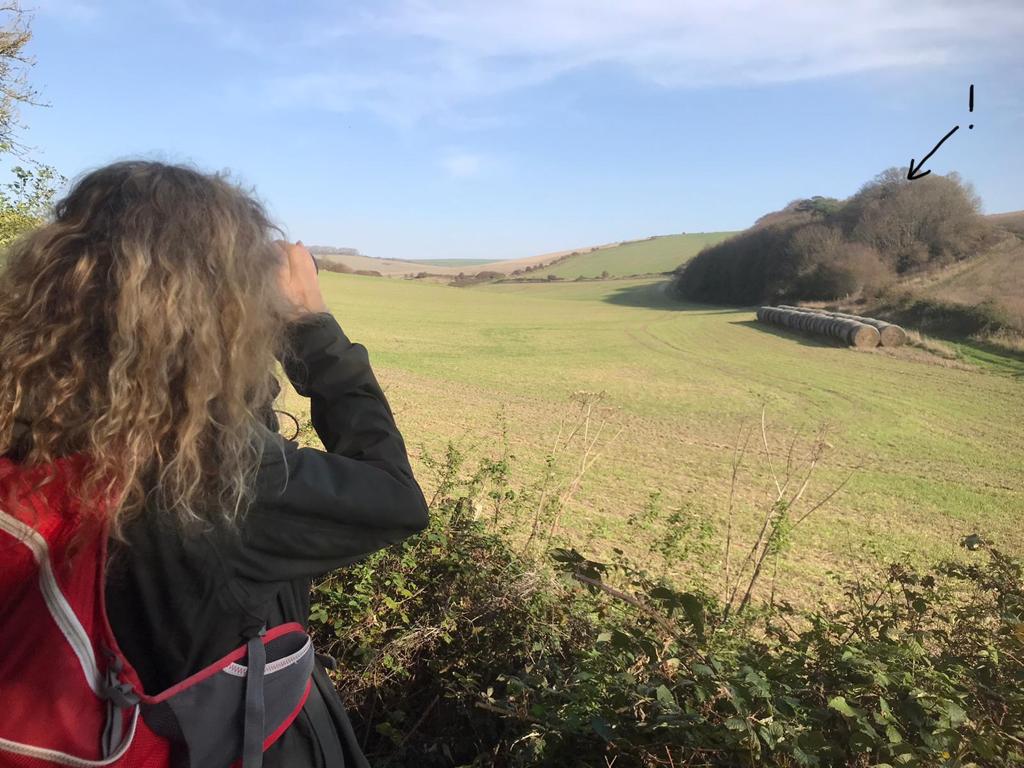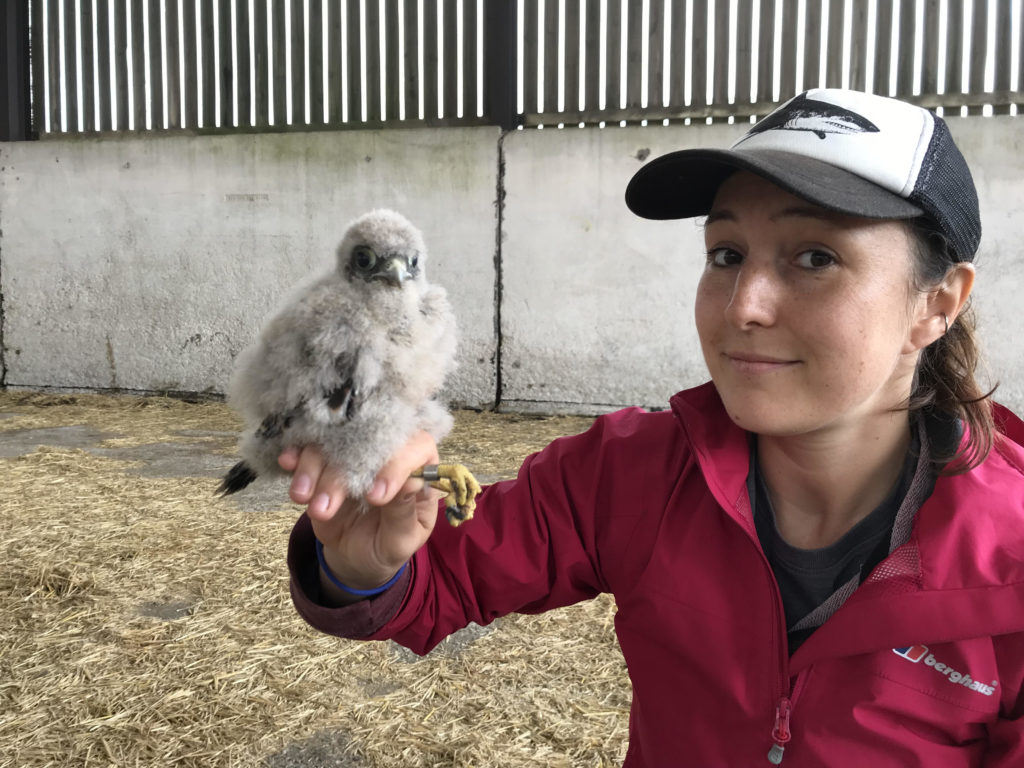
As the year draws to a close, we like to look back and reflect on our achievements of the year. 2020 is no exception, though of course the year we are looking back on has been no ordinary year. Nevertheless, we are proud of the work we have achieved, despite the challenges we have faced.
January – At the very beginning of 2020, we published research on Red Kite population numbers in southern England. From 2011-2016 Red Kite populations in southern England more than doubled. However, the numbers plateaued in more recent years, indicating that this species still faces numerous threats. Read the paper.
January – We also published research on flight accelerometry in Harris’ Hawks. Accelerometry is a way to measure energy expenditure through movement in animals, and this research looked at the hawks’ flapping behaviour. Read the paper.
February – Our Conservation Biologist, Dr Matt Stevens, was busy with our spring season of bird of prey surveys, along with a team of volunteers. This work monitors bird of prey populations, including Kestrels, Red Kites and Buzzards, across southern England. Find out more about our Kestrel Conservation Monitoring.
March – The first lockdown was a devastating blow for our British conservation work. All our field work was put on hold for six weeks, leaving Matt unable to check nest boxes for a considerable time. This led to a reduction in the data we were able to collect, however, it did give Matt a chance to catch up on admin and paperwork!
March – In other news, our Bird Team at the Trust were absolutely beside themselves when they spotted a White-tailed Eagle flying right over Reg’s Wildflower Meadow! This is the first time we have seen a wild White-tailed Eagle from the Trust; initially we thought it was one of the birds released by the Roy Dennis Wildlife Foundation, however we later learned that it was a young bird that had been blown over from Scandinavia. Watch the exciting moment the White-tailed Eagle soared over us.
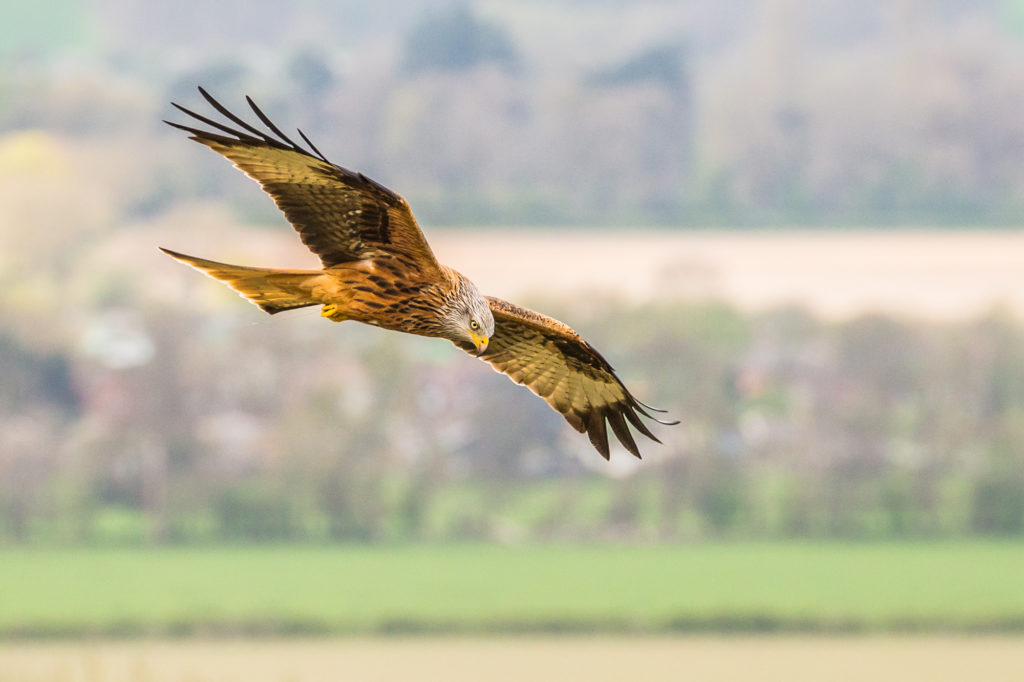
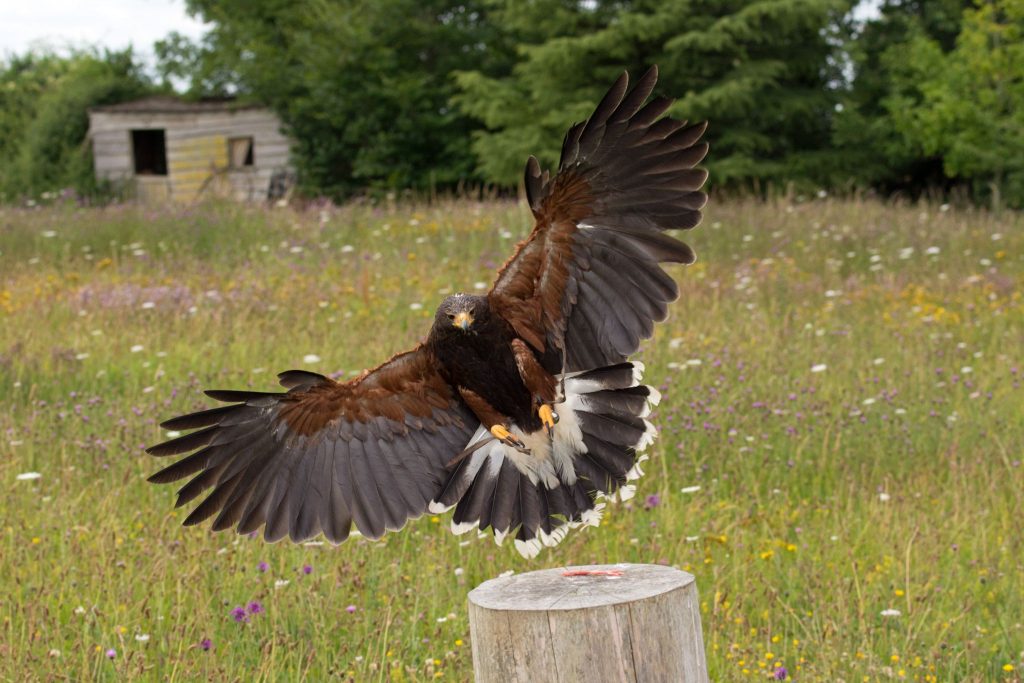
April – Given our inability to get out in the field, our conservation and research team took the time to work on collating and analysing data from our many research projects. Matt is working on data collected from our bird of prey transects, particularly about Kestrel populations in southern England, and Hannah is working to analyse our extensive data set from the National Bird of Prey Hospital™, as well as planning how we can further show that spending time at the Trust is great for your well-being!
May – The continuing lockdown gave Matt, and our Conservation and Research Liaison, Hannah Shaw, the chance to expand on our communications on our website and social media. Among many videos and photo updates, we released a fascinating animation explaining our Buzzard research. Watch ‘Buzzing about Buzzards’.
June – Matt was finally able to get back out into the field, and check nest boxes. Despite the set-backs during the year, he was still able to check 324 boxes over the year.
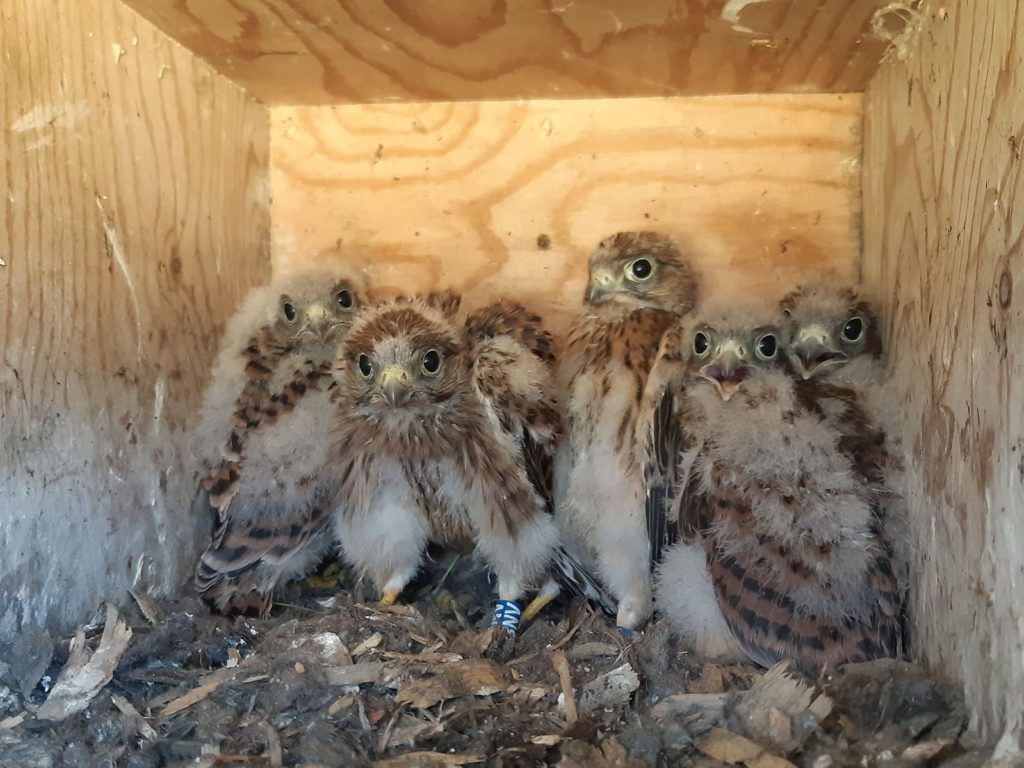
July – We were extremely pleased to announce that our Marion Paviour Award would be reinstated for 2020, thanks to a generous donation from E3 Leadership Development.
August – We launched our new podcast Nature’s a Hoot, with hosts Tom Morath and Hannah Shaw. Listen to the podcast.
August – We were able to get up and running to plan autumn season of bird of prey surveys. We recruited and trained 14 volunteers to participate in transects for the season, all of whom went on to contribute significantly to our research.
September – In preparation for the autumn season of bird of prey surveys, we launched a phone app to record transect sightings. This went down wonderfully well with our team of volunteers; reporting that the app made recording sightings much more straightforward and accurate.
October – Thanks to the donation from E3 Leadership Development, we announced the winner of our Marion Paviour Award in 2020. The award went to Dr Georgia Jones for her project analysing Kestrel diets. Find out more about Georgia’s project.
November – We ringed a very late Barn Owl brood. Barn Owls had an upturn in fortunes towards the end of the year, with lots of late clutches. We hope this means there are lots of small mammal prey available and bodes well for 2021 to be a successful year for birds of prey.
December – Our Conservation Biologist, Matt, Conservation and Research Liaison, Hannah, and a team of 14 volunteers completed 77 transects in autumn, surpassing 800 records of bird of prey sightings for the season. It was an exceptional season and brought our annual total sightings up to 968 records! Find out more about our UK conservation and research work.
